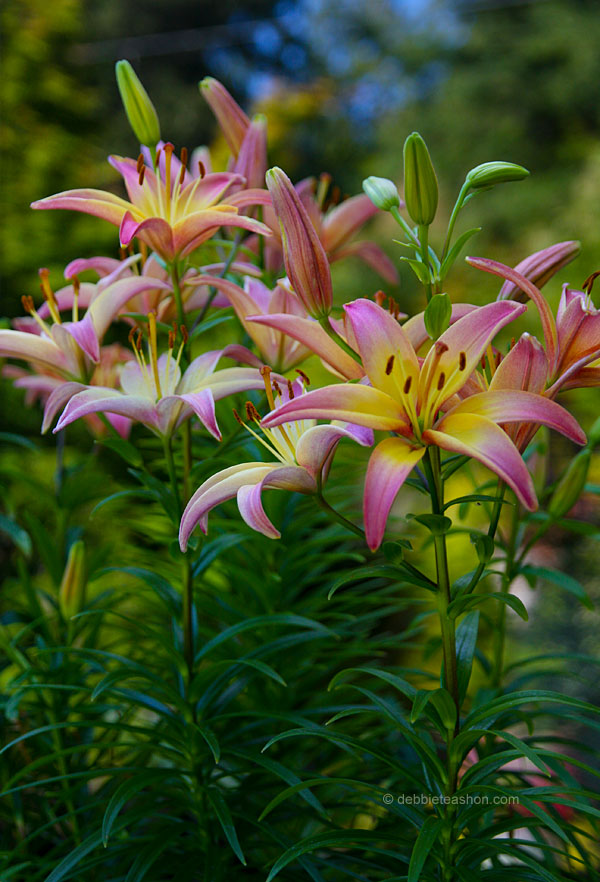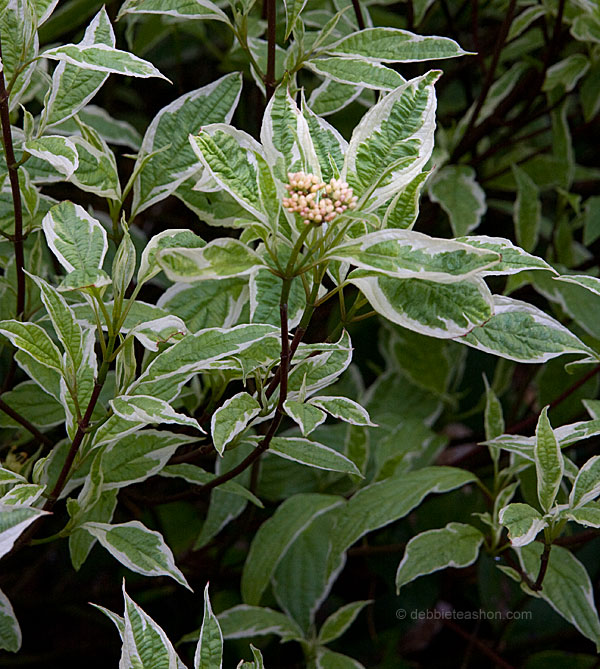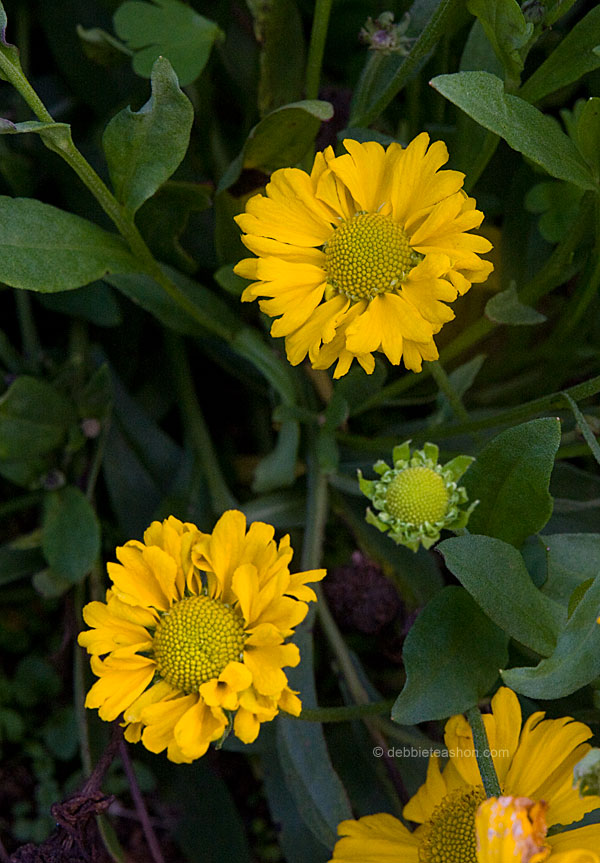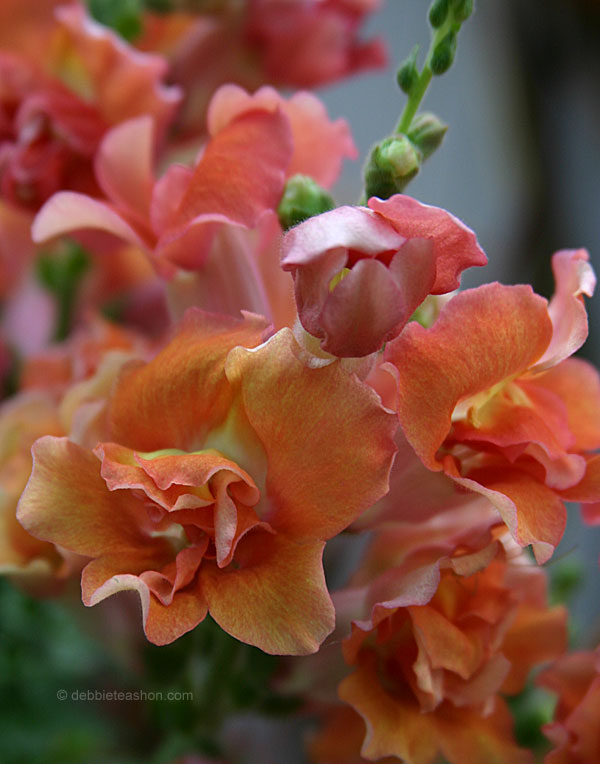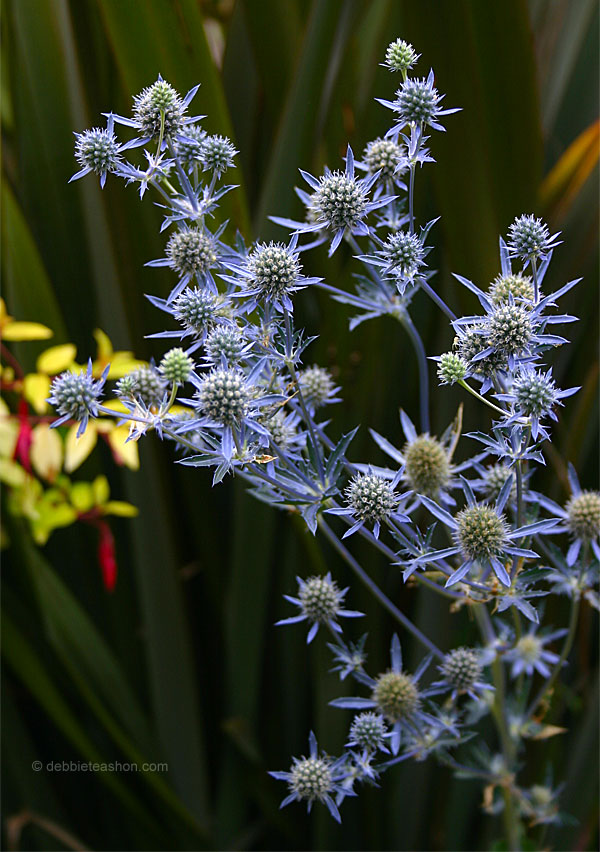The Garden Grows a Bouquet
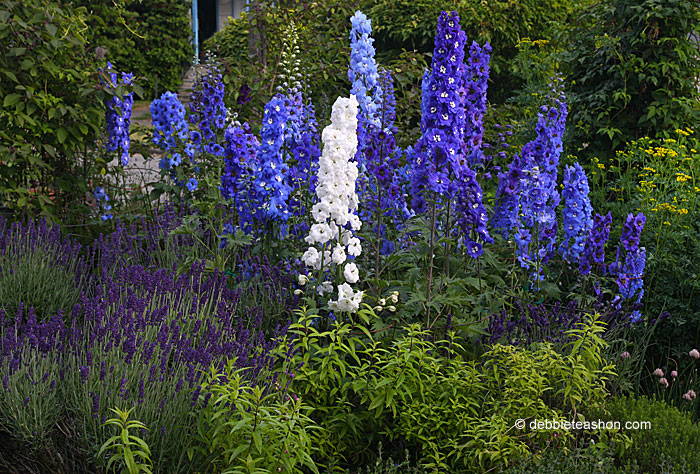
Originally written for West Sound Magazine in 2018.
We have all done it. Picked flowers and presented them to a favorite teacher, mother or a special friend. Giving a bouquet tells the recipients they are special, even more so when it comes from your garden. Whether you grow them for the home vase or give them away, flowers are food for the soul.
It comes down to this. Would you fervently work in the garden until every muscle aches if you did not love the joy your flowers bring to you? Of course, you pick the flowers and then give them a place of honor on the table, the mantel or the nightstand next to your bed. Homegrown cut flowers bring beauty inside for everyone’s enjoyment. They convey a festive element to any room.
Even though it’s winter, the best time to map out your cutting garden is now. It is a fun winter pastime when you cannot go out and play. There are so many choices for the vase. Spring and summer always have many flowers to choose from, and autumn will still have some good options. Winter though is more challenging, but a challenge accepted makes for a cheery winter inside.
The maritime climate in the Northwest means you can grow numerous plants that are perfect for harvesting. If planned right, the garden will provide fresh greenery or flowers for the vase nearly every day of the season.
Sometimes it is a challenge to combine luscious foliage, flowers and twigs. It may seem tricky, yet almost every garden has the elements for which a creative bouquet will rise. Moreover, floral arranging is addicting and fun.
The beauty of growing your own is that every blossom comes fresh from the garden. You can grow unusual plants for foliage, twigs and flowers. Your flowers are sustainable, and if you garden pesticide-free, the flora you bring into your home will not harbor unwanted contaminates. You nurtured every bit of the life that sits in the water on the mantel.
In the garden, you select plants that comingle together in the way that you like. You choose plants for leaf textures, color or their dramatic shapes in the landscape. It is easy to transfer the same concepts to a bouquet.
Growing your cut flowers invite you to be more creative. If your creation doesn’t turn out quite how you planned, you can go back out to the garden and find something else to make the flower arrangement better.
As the cutting garden evolves — once you realize a bouquet is more than just flowers plopped into a vase — the selection of plants diversifies. Exciting foliage, colorful twigs, or twisted branches add creative twists to floral creations. In winter, forced flowering shrub branches bring much-needed blossoms inside the home.
Harry’s walking stick (Corylus avellana ‘Contorta’) and corkscrew willow trees (Salix matsudana ‘Tortuosa’) become part of the garden. The scarlet curly willow (Salix x matsudana ‘Scarcuzam’) is an ornamental asset in the garden with its red, curly branches. Both shrubs offer curly stems harvested for fresh use in the vase or set aside to dry for future bouquets.
Red osier dogwood (Cornus stolonifera), which has bright-red stems, helps liven up Christmas décor with fresh cut twigs. Not as suckering as the red twig dogwood, the variegated Tatarian dogwood (Cornus alba ‘Bailhalo’ IVORY HALOTM) is a fine deciduous shrub that matures to 8 to 10 feet tall. Use this shrub for its variegated foliage or bright-red stems, or choose its flowers for filler.
Shrub roses may also be a part of the cutting garden or placed in the border. A Damask rose (Rosa ‘Mme Hardy’), dating back to 1832, is an exquisite, fragrant, white rose with a touch of blush.
Harvesting flowers sometimes leaves an ornamental garden without color. You want to go out and cut those tall spires of midnight-blue delphinium blossoms you grew from seed imported from Dowdeswell’s Delphiniums (top photo) in New Zealand. Harvesting them spoils the show in the garden. The solution is to develop a cutting garden in the corner of the yard or integrate the plants into the vegetable garden. Annual flowers planted right in with the vegetables not only attract pollinators but give the garden visual appeal.
The cutting garden hosts the flamboyant, spring-flowering bulbs such as daffodils, Dutch iris and tulips planted in large quantities in fall. Once the bulbs finish flowering and the soil warms up, plant out annuals among the dying foliage of the bulbs. The bulb foliage continues to ripen while the annuals settle into their new home.
Spring-flowering peonies such as peony (Paeonia ‘Leslie Peck’) are exceptional for spring bouquets. Select a mixture of annuals, bulbs and summer-flowering perennials and cut them during their peak blooming times. Snapdragons (Antirrhinum ‘Double Azalea Apricot’) are an excellent example of “cut and come again” flowers.
Sneezeweed (Helenium ‘Butterpat’) is not a weed at all. It is a welcome perennial addition with its tall, stiff stems topped by cheery, yellow, daisy-like blossoms. On the opposite side of the color wheel, sea holly (Eryngium planum) produces excellent fresh and dried flowers.
Annuals are usually a good source for cut flowers. They keep producing flowers when you deadhead any spent flowers before they go to seed. The drawback to annuals is you have to plant every year. Zinnia ‘Magellan Scarlet’ is a commendable annual worth sowing for late-summer flowers every year.
Biennials are another group of plants that offer a selection for cut flowers. In their second year of life, Canterbury bells (Campanula medium ‘Calycanthema’) shoot up some of the most spectacular floral displays. When finished, they set seed and die.
The drawback to biennials is the two-year wait from the first seeding. Sowing them every year gives a continual supply of flowers. If the plant is not a hybrid, let them plant themselves by allowing a few flower stalks to seed.
Perennials make a fine addition to a more permanent cutting garden. The drawback is that most flower for only a few weeks to a month, once a year. However, perennials add a variety of seasonal flowers to indoor bouquets.
Choice plants for the cutting garden have long, strong stems and prolonged vase life.
How to Harvest Your Cut Flowers
The best time to harvest flowers for longevity is in the morning. Once the temperature rises in the day, the flowers lose water. When harvesting flowers, valuable tools to bring to the garden include a container of warm water to drop the newly cut stems in and a sharp pair of pruners or scissors. Sharp scissors won’t crush the stems and inhibit water uptake. Once you cut the branch, immediately slip the flower into the water.
After harvest, leave the flowers soaking in water for eight hours in a cool, dark place. During that time, the stems take up water. When you arrange flowers in the vase, recut the stems at a slant, exposing more cells to water. Slit woody stems up the middle with a knife and open them up some.
Sear the end of the stems of poppies or any other sap-producing stems with lighter lit under its end. With tulips and daffodils, take a sharp pin to the swollen green base of the flower and poke a small hole. This florist trick allows air bubbles to escape.
Cut most of your flowers when they are just coloring up when the outside petals or flowers are half-open. Cut flowers on racemes, such as Oriental lilies, when the bottom flower is opening. Perennial and annual delphiniums, gladiolus, and other similar plants do well with cutting this way.
As you become more accustomed to your cutting garden, you learn the best cutting time for each plant, both for fresh and dried flower bouquets.
Further Reading
- “Slow Flowers: Four Seasons of Locally Grown Bouquets from the Garden, Meadow, and Farm” by Debra Prinzing
- “Specialty Cut Flowers: The Production of Annuals, Perennials, Bulbs, and Woody Plants for Fresh and Dried Cut Flowers“ by Allan M. Armitage and Judy M. Laushman
- “Garden to Vase: Growing and Using Your Own Cut Flowers” by Linda Beutler

